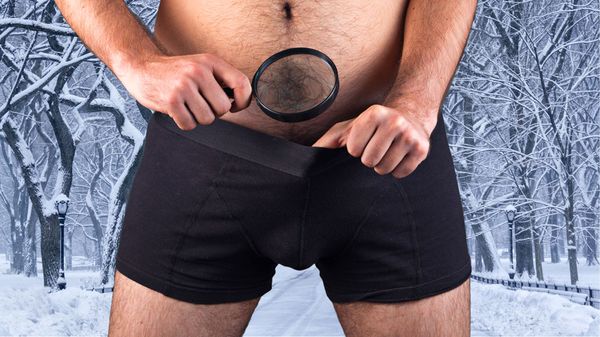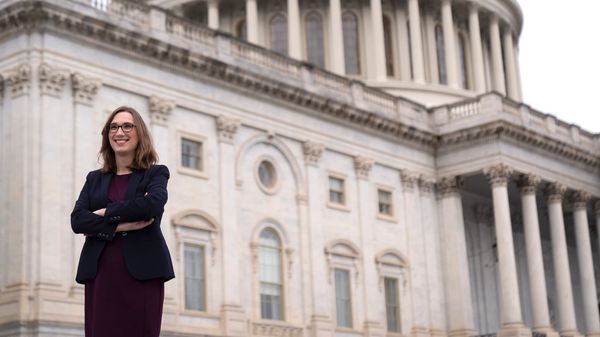August 17, 2014
Park Service Focusing On LGBT Heritage To Diversify Program
Kilian Melloy READ TIME: 2 MIN.
Jamie Nickel spends her days telling tourists about the marvels of Glacier National Park. A native Californian with long, golden blonde hair, Nickel, 25, came to Montana for the summer to drive one of Glacier's historic red buses.
APEX
It's the perfect match. She enjoys the outdoors and likes to hike, fish and kayak, and Glacier gets a friendly face with an easygoing personality to interpret the park's many wonders.
So when word spread over the summer that the National Park Service was conducting an LGBT heritage initiative, Nickel, a lesbian, was thrilled to see the agency involved.
"Gay rights have come a long way just in the last few years," she said. "I'm surprised to see it come to this level."
The Park Service's plan is to identify locations that are significant to the history of America's gay, lesbian, bisexual and transgender communities and protect those places for future generations to enjoy and remember. The U.S. Department of Interior made the announcement in May at the Stonewall Inn in New York City; Secretary Sally Jewel announced the park service's new efforts to include stories of LGBT Americans National Park Service programs.
People widely regard the Stonewall Inn, where riots exploded in 1969, as the birthplace of the American gay rights movement; the new program might protect and preserve the area for future generations. Presently, four LGBT-themed locations are included in the National Register of Historic Places. They are: The Dr. Franklin E. Kameny Residence in Washington, D.C., the Cherry Grove Community House and Theatre on New York's Fire Island, the James Merrill House in Connecticut and the Carrington House on Fire Island (where author Truman Capote penned his famed novella, "Breakfast at Tiffany's").
With the help of the National Park Service's study, more places will soon be added.
"In 2016, the National Park Service will celebrate its centennial, and our goal is to expand the stories that we tell to represent the diversity of the American experience and to make history more relevant to all Americans," said NPS director Jon Jarvis.
For Nickel, driving one of Glacier's iconic red buses offers an opportunity to tell those stories. For years the job of being a red bus driver, or Jammer, as it's called locally, usually went to college-aged men. As a young woman and a lesbian, Nickel is breaking ground in a staunchly conservative section of the country.
"It is challenging here (Montana) because you never really know who is accepting of you," she said. "But, I love nature, and the recreation is awesome."
The National Park Service is expanding in all areas. In cooperation with the study, the National Trust for Historic Preservation is seeking to diversify its portfolio by adding treasures of importance to the LGBT community. To recommend an endangered American LGBT property for future research, please visit www.savingplaces.org.
Kilian Melloy serves as EDGE Media Network's Associate Arts Editor and Staff Contributor. His professional memberships include the National Lesbian & Gay Journalists Association, the Boston Online Film Critics Association, The Gay and Lesbian Entertainment Critics Association, and the Boston Theater Critics Association's Elliot Norton Awards Committee.





